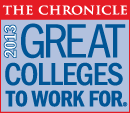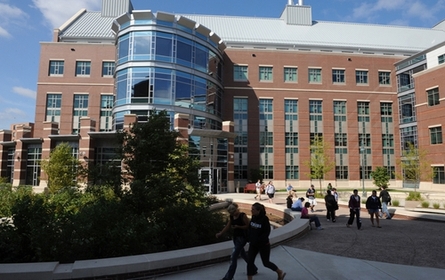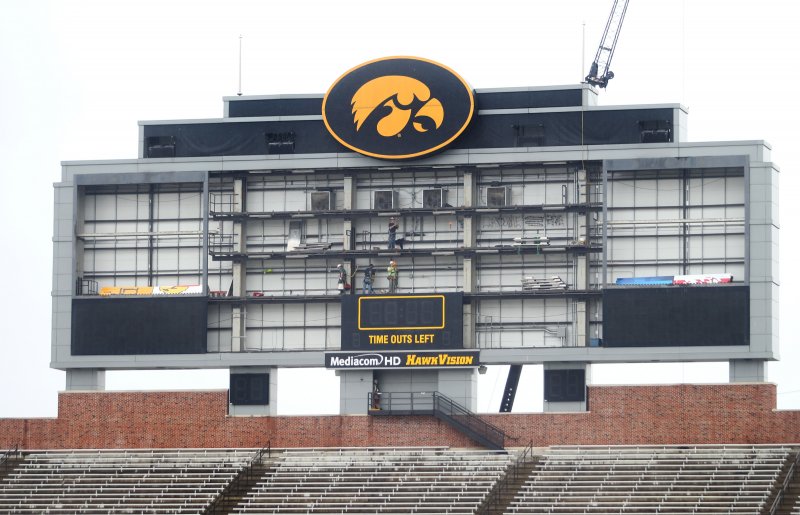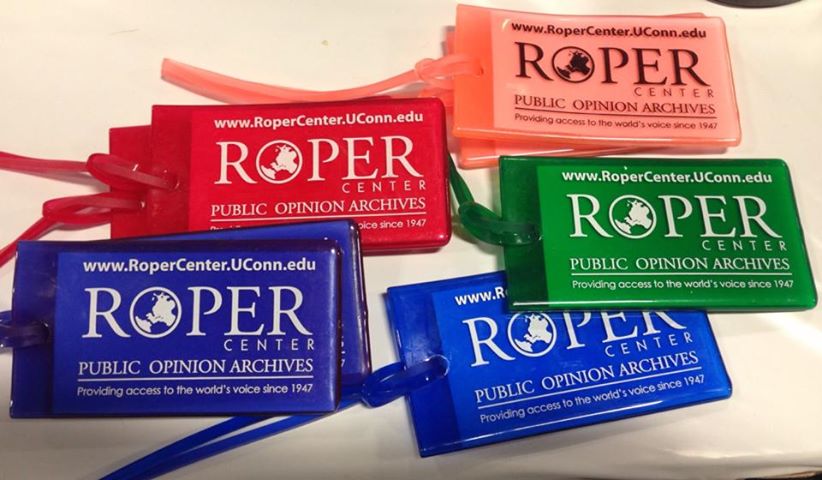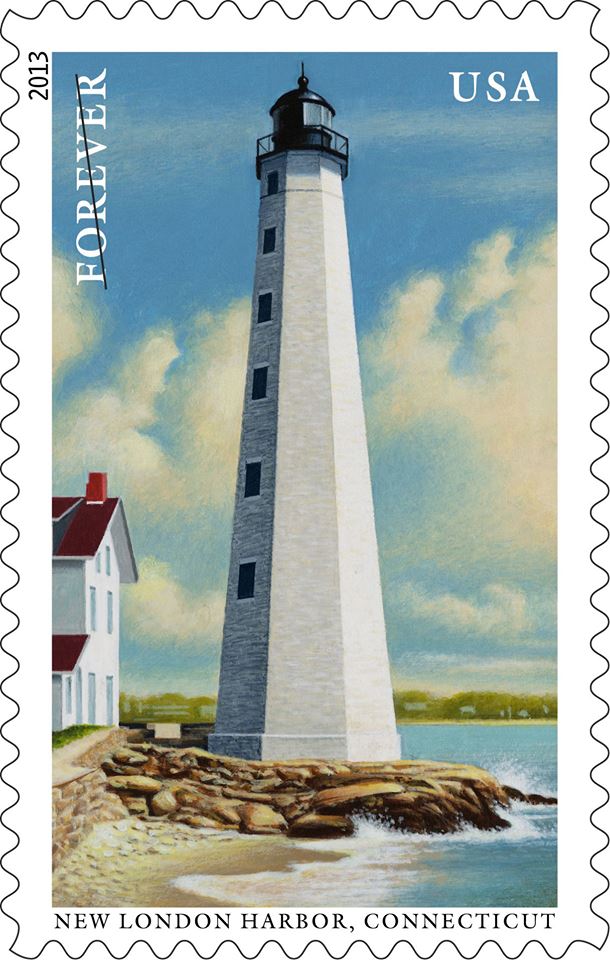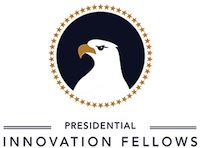Reducing Utensil Use on Campus Helps Sustainability Efforts
/
In a presentation earlier this year on the website TED, known for “Ideas Worth Spreading,” Dr. Michael Shaver of the University of Edinburgh suggested “saving the world one plastic fork at a time.” Courtesy of Sodexo, the mammoth international food service company, that’s exactly what Central Connecticut State University (CCSU) is doing.
CCSU now features utensil dispensers in their student center dining area, replacing the traditional bins and bunches of forks, spoons and knives. The dispensers operate at the simple push of a lever. They only eject one fork, knife or spoon with each action of the lever, rather than having customers dip their hands into a bin, only to pull out a fist-full of utensils.
This simple change to the single-touch dispensers, according to Sodexo, reduces the number of wasted utensils by over 40 percent, thus reducing the amount of plastic used on campus – which firmly places the university on the right side of sustainability efforts. The dispensers now in use at CCSU indicate that "dispensing one fork at a time reduces usage by up to 49%," pointing out that "less is definitely more when it comes to sustainability."
The “greening” of the campus food service – driven by Sodexo at facilities across the nation – also includes napkins, which switched to a single dispensing system years ago. I n fact, Sodexo announced in 2008 that after only one year, the program resulted in a 25 to 50 percent reduction in the actual number of paper napkins used - thanks to the introduction of dispensers that dispense a single napkin at a time.
n fact, Sodexo announced in 2008 that after only one year, the program resulted in a 25 to 50 percent reduction in the actual number of paper napkins used - thanks to the introduction of dispensers that dispense a single napkin at a time.
A switch to recycled napkins in the company’s 1,300 food service operations nationwide has resulted in saving nearly ten million gallons of water, more than 23,000 trees, half a million gallons of oil and five and a half million kilowatts of energy, officials report. The company began using two types of recycled napkins as part of a commitment to leadership in sustainability and to providing.
Central, as the other state universities, and more than 600 public and private institutions in Connecticut and nationwide, is a signatory to The American College & University Presidents Climate Commitment. The official commitment signed by all members says in part, "We believe colleges and universities must exercise leadership in their communities and throughout society by modeling ways to minimize global warming emissions, and by providing the knowledge and the educated graduates to achieve climate neutrality."
The Connecticut institutions participating include: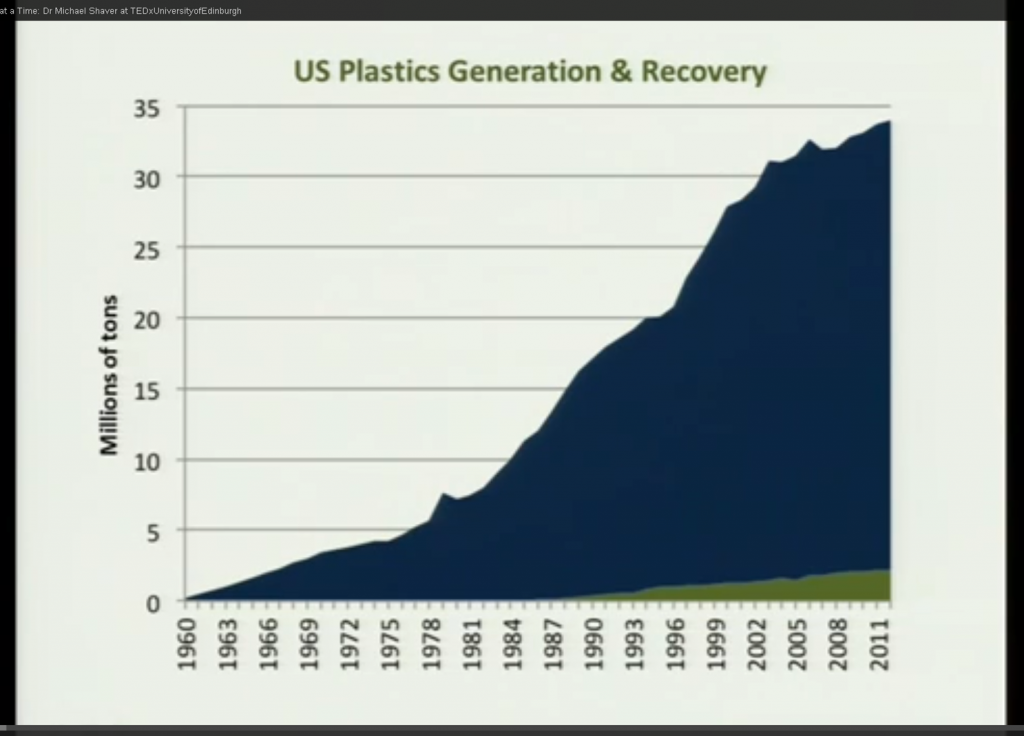
- Central Connecticut State University
- Connecticut College
- Eastern Connecticut State University
- Fairfield University
- Middlesex Community College (CT)
- Norwalk Community College
- Southern Connecticut State University
- Trinity College
- University of Connecticut
- Wesleyan University
- Western Connecticut State University
According to the corporate website, Sodexo touches the lives of 75 million consumers in 80 countries every day. In North America alone, the company serves more than 15 million consumers at 9,000 client sites. In 2012, named 89 Sodexo-served colleges and universities among the nation's most environmentally responsible "green colleges." They were named to The Princeton Review's Guide to 322 Green Colleges: 2012 Edition, which profiles institutions of higher education in the United States and Canada that demonstrate notable commitments to sustainability.
By the way, if you’re looking for a one-at-a-time fork or spoon dispenser for your business, you can pick one up for $27.29 on Amazon. The Knife dispenser goes for $8.89.


